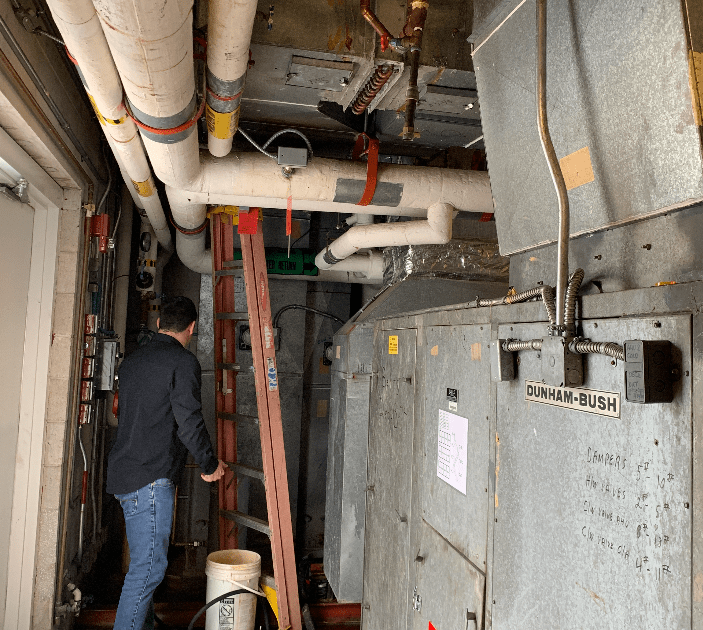Resilience is key for airports and the aviation industry. On Jan. 24, 2021, Forbes published an article stating, “researchers found that nearly 270 airports around the world are currently in danger of coastal flooding due to rising sea levels.” The author refers to the journal article, “Global Analysis of Sea Level Rise Risk to Airports” on Science Direct, which reports: “Major airports are already at risk of coastal flooding. Sea level rise associated with a global mean temperature rise of 2°C would place 100 airports below mean sea level,” and “Flooding of terminals, power and lighting infrastructure, navigation and communication equipment, inter-terminal transportation, or runways, can lead to disruption or halting of airport operations.”
Ten days before the Forbes article, the Airports Consulting Council (ACC) issued its “ACC Sustainability Assessment of COVID Solutions for Airports: Materials, Energy, Air Quality, Water and Cleaning Challenges, January 14, 2021,” which addresses resiliency during the COVID-19 pandemic and focuses on materials management, cleaning and disinfecting considerations, energy management and indoor air quality and water management. Hanson’s Commissioning and Energy Discipline Manager Wade Conlan, P.E., CxA, BCxP, LEED AP® BD+C, and Project Manager Melissa Vasher, P.E., were part of the team the ACC acknowledged “… for their valuable insights in review of this paper.” One of the anticipated projects from the Airport Cooperative Research Program (ACRP) is ACRP 02-92: General Aviation Airports and Resilience: Complete Toolkits for Self-Directed Planning, the goal of which would be to offer general aviation airport operators guidance for conducting resilience plans.

Whether it’s for epidemics and pandemics (Wade is a voting member on ASHRAE’s Epidemic Task Force and leads its Building Readiness Team, which creates the reopening guidance) or for the critical service infrastructure of your terminals, power and lighting infrastructure, navigation and communication equipment, inter-terminal transportation or runways and other pavement projects, Hanson has identified several initial steps for resilience planning:
- Gain a better understanding of the operations and infrastructure systems that must be resilient (such as the terminal building or airfield drainage) and the systems making those operations possible.
- Determine the appropriate resiliency level for each system or infrastructure. (Do I want N+1 for my energy plant, or do I need to be fully redundant and be 2N?)
- Assess those systems and their equipment and infrastructure to determine potential failure points and what is most at risk.
- Once the potential failure points are identified, determine the equipment or system upgrades required and the operational procedure modifications that may need to be implemented to minimize the risk:
- If equipment or system upgrades are suggested, find out if they can be funded through your operational budgets or if they should be included in your future capital programs.
- If operational procedure modifications are suggested, consider the community, airport businesses and other users while consulting the Federal Aviation Administration about any potential modifications to airspace procedures.
- Develop an implementation plan to rectify your potential points of failure.
- Communicate with local leaders and your community, especially airport users.
- Revise and update your plan before final implementation.
- Schedule another process review within the first five years of implementation.
Resiliency is a topic that will continue to grow in importance. Proper resiliency planning will help protect you and your airport, no matter what the future may bring! For more information, contact Eric Menger at emenger@hanson-inc.com or Bill Bradford at bbradford@hanson-inc.com.